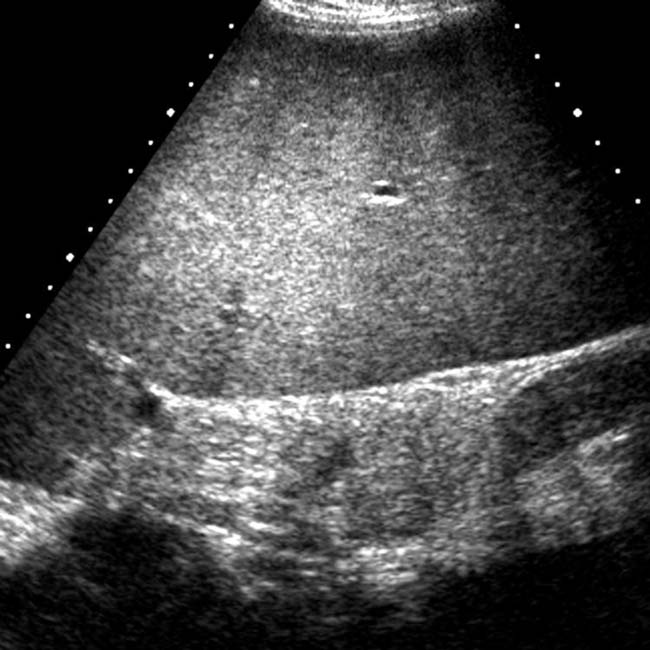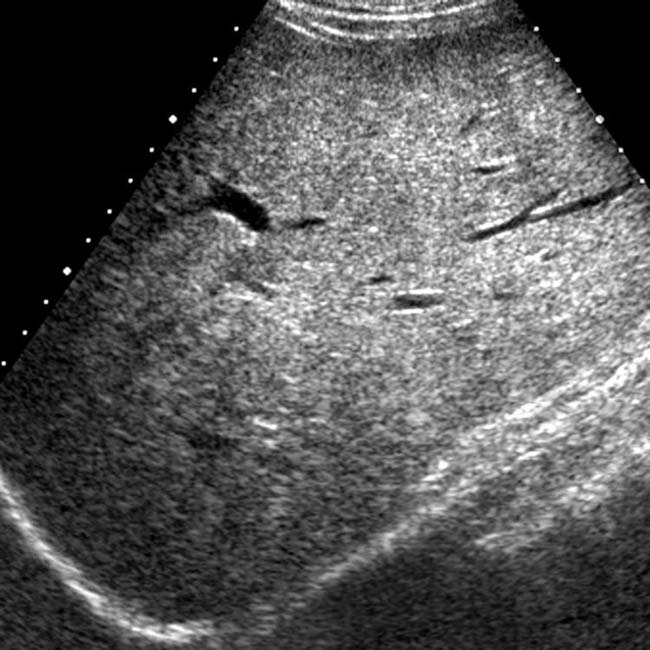Mallavarapu, KM, et al. Multiple myeloma presenting with hepatosplenomegaly. J Assoc Physicians India. 2011; 59:456–458.
Patel, M, et al. Characterization of computed tomography scan abnormalities in patients with biopsy-proven hepatic metastases from uveal melanoma. Arch Ophthalmol. 2011; 129(12):1576–1582.
Valayannopoulos, V, et al. Successful treatment of severe cardiomyopathy in glycogen storage disease type III With D,L-3-hydroxybutyrate, ketogenic and high-protein diet. Pediatr Res. 2011; 70(6):638–641.
Weitz, N, et al. Education and imaging. Gastrointestinal: metastatic ocular melanoma causing massive hepatomegaly. J Gastroenterol Hepatol. 2011; 26(10):1577.
Wilson, S, et al. Hepatosplenomegaly associated with chronic malaria exposure: evidence for a pro-inflammatory mechanism exacerbated by schistosomiasis. Parasite Immunol. 2009; 31(2):64–71.
Wilson, S, et al. Hepatosplenomegaly in Kenyan schoolchildren: exacerbation by concurrent chronic exposure to malaria and Schistosoma mansoni infection. Trop Med Int Health. 2007; 12(12):1442–1449.
Oliva, MR, et al. Computed tomography features of nonalcoholic steatohepatitis with histopathologic correlation. J Comput Assist Tomogr. 2006; 30(1):37–43.
van Hoek, B, Non-alcoholic fatty liver disease: a brief review. Scand J Gastroenterol Suppl. 2004;(241):56–59.
Grazioli, L, et al. Liver adenomatosis: clinical, histopathologic, and imaging findings in 15 patients. Radiology. 2000; 216(2):395–402.
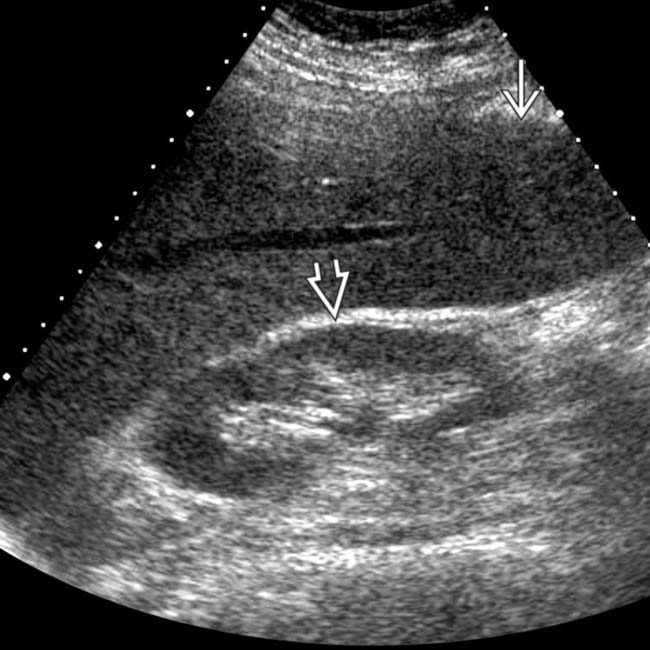
 , extending caudally below the level of the kidney
, extending caudally below the level of the kidney  .
.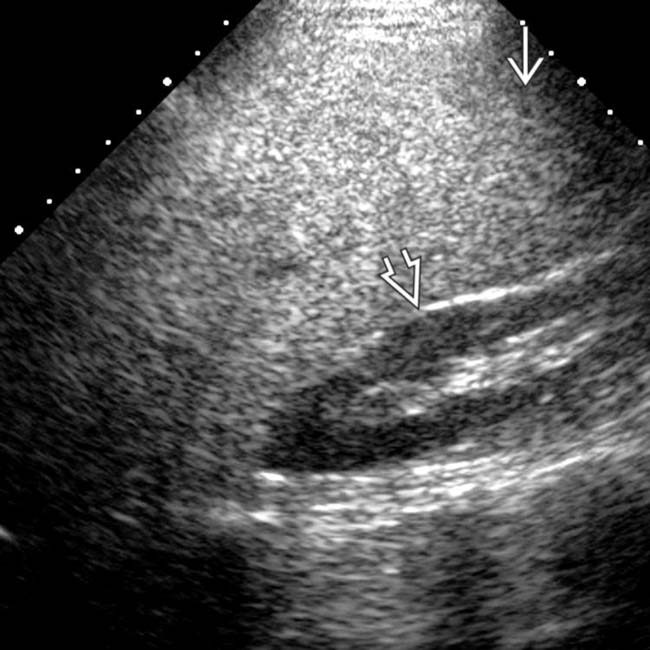
 extending below the level of the right kidney
extending below the level of the right kidney  as well as echogenicity greater than that of the kidney due to diffuse steatosis.
as well as echogenicity greater than that of the kidney due to diffuse steatosis.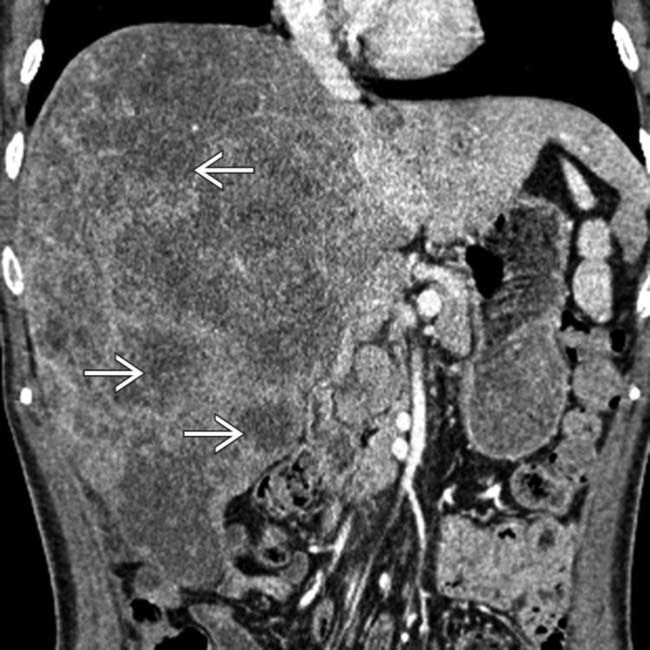
 .
.
 and IVC
and IVC  due to passive congestion of the liver. Drug toxicity accounted for the cardiac dysfunction.
due to passive congestion of the liver. Drug toxicity accounted for the cardiac dysfunction.
































